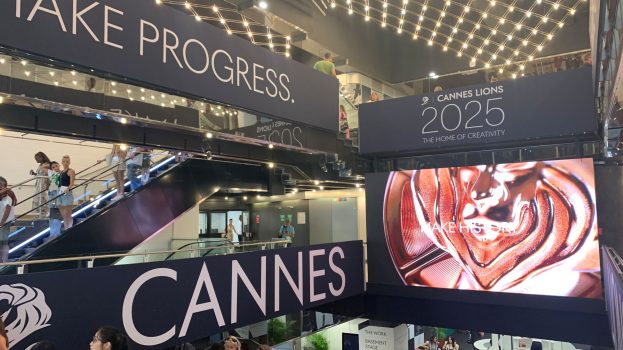As the two-year mark of legalization approaches, brand differentiation continues to be an ongoing hurdle in the regulated cannabis industry. But beyond that, a new survey shows that the entire purchase funnel for recreational brands is highly disjointed.
The report, by Chicago-based Brightfield Group, is based on a survey of 3,000 Canadians.
Canopy Growth’s Tweed brand is leading in terms of awareness, with 41% recognition, followed by Aurora (and its “Drift” branding that it uses for vapes and edibles) at 34%, Canopy’s Tokyo Smoke retail banner at 23% and Vivo’s Canna Farms at 19%. The report points out, however, that performing well in brand awareness in cannabis is all relative, given how low it is overall: the next 16 brands have between 6% and 15% awareness.
But despite having lower brand awareness, some brands have been better able to convert that into purchases. Among those who are aware of them, 55% of people have purchased Organigram’s Edison brand, with 52% buying Aphria’s Solei and and 48% buying its Good Supply brand. That is slightly ahead of Tweed (46%) and Aphria (45%), despite having significantly less brand awareness.
The high drop-off between awareness, consideration and purchase, Brightfield says, is leading to a “rocky” purchase funnel.
An analysis of a year of sales at OCS showed that there was no more than a couple percentage points difference between each brand’s share of sales across product categories.
Other satisfaction metrics show that while the flagship brands from the biggest LPs are performing well, there is plenty of ground to make up against smaller or lesser-known competitors. For example, despite having only 9% brand awareness, Tilray’s Canaca brand has 97% overall customer satisfaction, with 99% of customers saying they are likely to purchase it again. Flowr, which has 12% brand awareness, also had 97% overal satisfaction, with 96% saying they’d be likely to purchase again, 91% saying they’d be likely to recommend to others and 93% saying they were satisfied with the product’s effectiveness. With 7% brand awareness, United Greeneries’ Royal High brand had 93% of customer willing to purchase again and 92% likely to recommend to others.
By comparison, Tweed had 89% overall effectiveness, 92% of customers were willing to purchase again and 88% were satisfied with its effectiveness. Aurora had 88% of customers likely to purchase again and 87% satisfied with effectiveness.
The report points out that success in one metric doesn’t always translate to others. Organigram’s Trailblazer brand ranks highly on price satisfaction (83%) and effectiveness (96%) but is not in the top ten in any other rankings. This shows that brands need to “be aware of the total package” being offered, from availability to price to brand positioning to quality.
For brands with low awareness but high satisfaction ratings, the report says there is an opportunity to bring more shoppers into the top of the funnel with marketing efforts. This is especially true in an environment with a wealth of choices and little brand differentiation, as decisions are more likely to be made based on price and recommendations. For brands that are performing well in conversion, they stand to become market leaders in the mid-term, especially if they match the marketing dollars and media presence of the competition.
Those larger producers are also dealing with some internal disruption. Canopy Growth’s chief commercial officer Dave Bigioni, who led marketing efforts, was among 800 departures from the company this year. Aphria CMO Megan McCrae was among cuts made early in the pandemic, when it combined its marketing and sales teams.
Canopy Growth also recently launched a new strategic review, in which it is moving from trying to achieve “firsts” across the market to being the best in areas with the highest growth potential and consumer demand. This includes “becoming a relentlessly consumer-centric organization” with a focus on insights, analytics and R&D to create a differentiated product portfolio.
The report also broke down certain brands that are getting higher penetration with different market segments. Aphria’s Good Supply, which combines a quality-focused and fun brand positioning with budget-friendly price points (an area where most brands are still under-performing in the minds of consumers), is over-indexing with high-usage “typical stoners,” as well as “stressed out millennials” who use cannabis semi-regularly to relax. Canaca, which has simple-to-use formats like pre-rolls and vapes with a simple brand positioning, performs well with those who are new to the category. Aphria’s Alta Vie brand, which has established a premium and lifestyle-focused positioning, is resonating with “microdosing mamas,” women with children who use cannabis regularly, but in small doses.
























